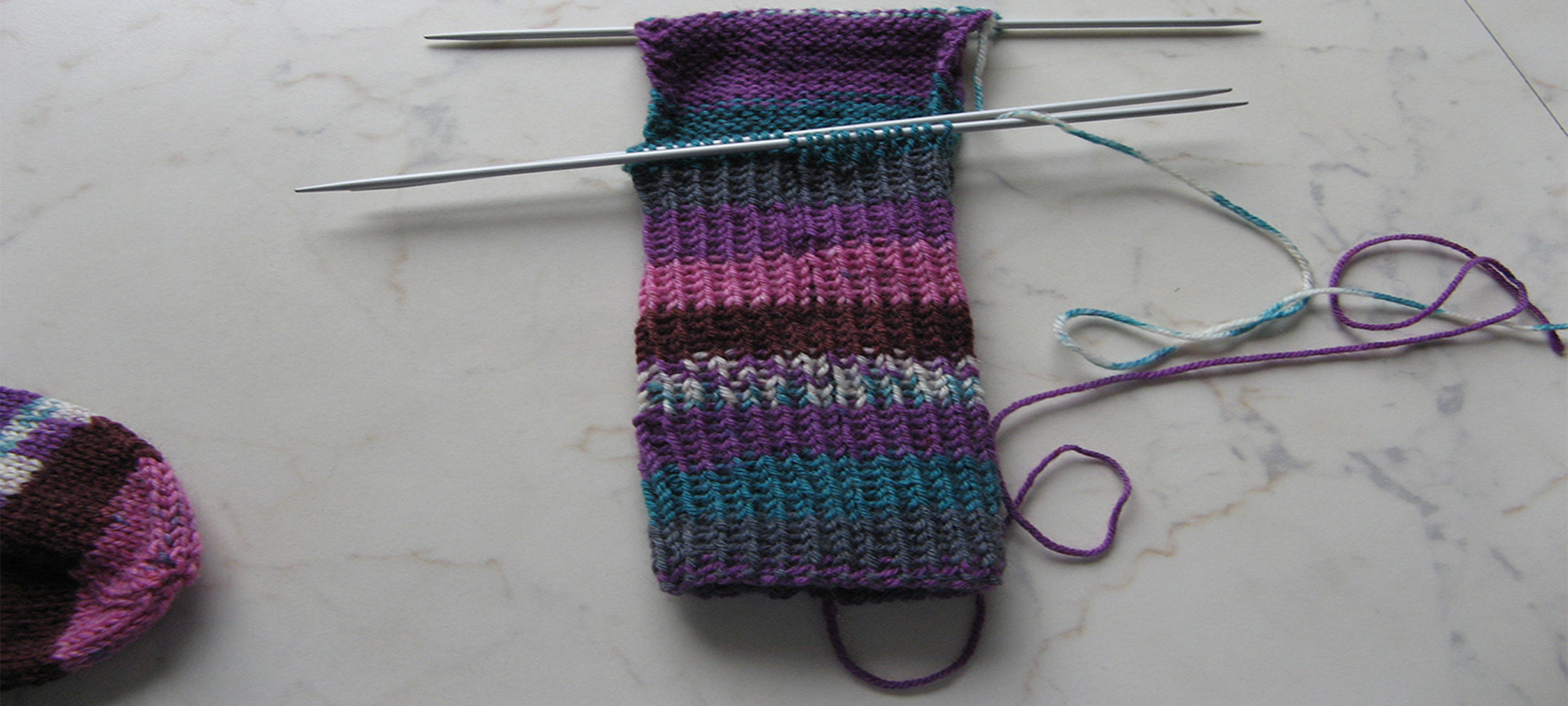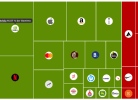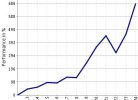By MITCH ZACKS
The S&P 500, Dow Jones, and Nasdaq indices all finished 2020 at or near all-time highs. What’s more, “risk-on” sentiment also ended the year with somewhat of a bang – investors borrowed a record $722.1 billion on margin through November 2020, and individual investors opened more than 10 million new brokerage accounts in 2020 (a record). The Wall Street Journal also reported that the online trading platform Robinhood, which targets millennials and younger investors, saw 500,000 downloads in December alone.
In short, I think many investors are rushing into capital markets and taking-on excess risk in the process. Stories of 100+% gains, cryptocurrency rallies and huge gains in IPOs are all pushing optimism higher, which has historically been ominous for equity markets. As optimism grows, I think we also move closer to the possibility of pullbacks and more frequent bouts of volatility.
Market timing rarely works
If you agree with me, your next thought may be to try and anticipate a market top. Longer-term investors may even argue that identifying market ‘frothiness’ could create an advantageous trade: by getting out of the market near the top, you can swoop in and “buy the dip” later. While I agree in principle with this strategy, I don’t think it is viable and, in fact, would urge investors to avoid trying it. Market timing rarely works, and over time it usually hurts total returns more than it helps.
At the end of the day, no one can truly know when the stock market will shift into pullback or correction mode. I personally thought the stock market was due for some kind of pullback in Q4 2020, but it never happened. The market rallied, and our equity strategies at Zacks Investment Management were positioned to participate. I don’t let gut feelings determine investment strategy.
Run the other way
Long-time investors know that market corrections and bouts of volatility are normal and common, but we do not and cannot know when they will arrive or how long they will last. If anyone tells you ‘with certainty’ when market downside is coming and how long it will last, my advice is to run the other way.
In the current environment, I fully agree areas of the market are frothy and the “risk-on” sentiment has me convinced we’re due for a meaningful, -10% to -20% correction in 2021. But I would never try to predict when the correction will arrive and what it’s actual magnitude will be. If I tried, I’m sure I’d get it wrong. Almost everyone would.
It’s also the first full year of a new bull market
My long-term goal is to capture as much upside as the broad equity markets have to offer, and the most effective way to accomplish this goal is to invest alongside growing earnings and an expanding economy. In 2021, I believe we will get both. Economic growth should be robust in the second half of the year, and we feel strongly that year-over-year earnings growth (particularly in value and cyclical categories) will pop coming off dreadful comparisons in 2020. Earnings estimates should continue to improve as the vaccine rolls out and as the fog of the pandemic clears.
Growth will be uneven at first, and many corporations will still feel intense pressure in the first half of the year. With the market still reaching all-time highs anyway, many investors may be tempted to get out and to stand ready to buy the dip. I don’t recommend it – remember, it’s also the first full year of a new bull market, and based on what I see today, I do not want to risk being on the sidelines for any part of it. Trying to time the markets rarely works.
Bottom Line for Investors
In the current environment, I can see how all-time highs might seem like a warning signal, particularly with growing optimism and high valuations in some key areas. But I would caution against seeing all-time highs as a rationale for trying to time a market top. After all, the stock market could very well rally +30% before delivering the much-anticipated -10% correction, which would entirely defeat the purpose of buying the dip.
If you want to capture the economic and earnings growth 2021 is poised to deliver, then my advice would be to own stocks – not to buy and sell them based on predictions about market tops and corrections.
So instead of trying to time the market, stay focused on what matters – key data points and economic indicators that could impact your investments.
Wenn du keinen Beitrag mehr verpassen willst, dann bestell doch einfach den Newsletter! So wirst du jedes Mal informiert, wenn ein neuer Beitrag erscheint!







